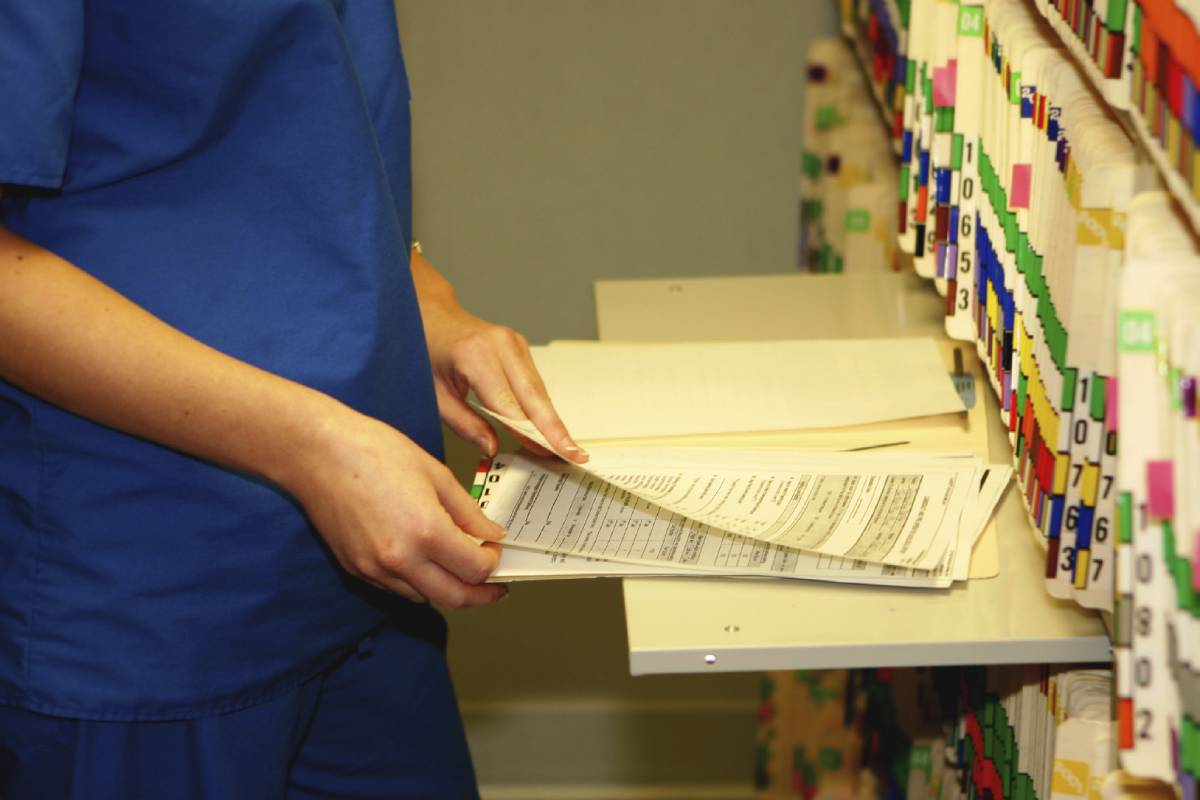Healthcare professionals and facilities are coded differently. It is possible, however, that removing barriers between departments will improve coding productivity and clean claim rates.
While professional codes mainly capture the complexity and intensity of medical care provided during a visit, facility codes point out the volume and intensity of hospital or health system resources used to provide patient care, such as medical equipment, medication, and nursing staff.
As a whole, the regulations help ensure that health care facilities obtain the most money possible for their patients’ services.
On the other hand, hospitals and health systems, tend to segregate the departments. Professional medical coders specialize in one coding type and receive distinct certificates to verify their proficiency in either ProFee coding or facility coding.
Table of Contents
How are ProFee Coding and Facility coding different and similar?
The acquisition of physician groups by large health systems is a prevalent trend in the industry. Only 31% of doctors questioned in 2018 identified themselves as independent practice owners or partners, according to a poll of nearly 8,700 doctors. This is a significant drop from 48.5% in 2012, a reduction of 35% in only six years in the number of independently operated firms.
According to a poll, most physicians (59 percent) predicted that COVID-19 would reduce the number of independent physician practices in their communities in 2020 (The Physicians Foundation, 2020).
Do you have questions on improving the accuracy of professional fee coding? Over 33 months, the implementation of a coding quality improvement plan increased CPT accuracy by 17% and DX accuracy by 18%, as documented in this case study.
Who will run the physician group after these acquisitions? To what department will the physician group report or merge on the hospital’s side? What resources and professional fee services coding (Pro Fee coding) knowledge base does the facility management have to handle this acquisition successfully?
Facilities management may be in for a significant shock and run into difficulties in the ProFee coding department if the answer to any of these questions is yes.
Billing Differences
ProFee’s billing and reimbursement variances must be considered before discussing the coding differences. The personal nature of coding sets professional fee services apart from other industries. Code-for-code, chart-for-chart, and ProFee directly affect a person’s salary.
Here are some examples of how a professional fee is coded:
Outpatient Code Editor
Professional fee guidelines do not use the Outpatient Code Editor the same way as they do OPPS. For example, when coding on the ProFee side, one would not obtain an Inpatient Only Procedure change because the provider may have done a procedure in many settings, including Inpatient settings.
Modifiers
Even though many modifiers can be used for both professional and facility CPT procedure coding, specific modifiers are only used for professional fee coding. In contrast, others are only used for facility coding. Modifiers 73 and 74, for example, are solely used on the facility side, while modifiers 52 or 53 are used instead by ProFee. Additionally, E/M-specific modifiers, such as modifier 24, might be used in this context.
Billing Similarities
There aren’t many similarities between facility code and professional coding.
- ICD-10-CM diagnostic code is used
- Procedure coding according to the CPT standard is used.
- In terms of medical necessity, both facility and professional fee coding use the same notion of “National Coverage Determinations/Local Coverage
Determinations.” Some NCDs/LCDs, on the other hand, are exclusive to either Part A or Part B.
Major Coding Differences
Manual Processes
Many of the billing and coding processes for professionals are more manual than they are for facilities, according to our experience. We’ve seen everything from paper-based systems to ones that are fully integrated with the facility’s technology. Professional fee coding departments may be able to make extra and distinct coding distinctions as a result of this.
Using a paper-based or non-encoder posting system can lead to typographical errors, and manual hold processes can add time to the coding process. A manual reconciliation process can also lead to additional administrative work and inaccuracies. As an additional example, if the encoder isn’t linked directly to your billing system, you’ll have to execute an extra step on your end, which might be time-consuming.
Medicare Physician Fee Schedule
The Medicare Physician Fee Schedule (MPFS) further complicated medical billing and coding. To name a few, items such as assistant surgeon eligibility, co-surgeon eligibility, multiple procedure reductions, and the proper attaching of modifier 51, global period packages can only be found in the MPFS spreadsheet. Professional services coders will need an additional manual step because many encoders and systems do not have this information built in.
NCCI Manual
While we’ve already examined the NCCI manual regarding professional coding and manual methods, it bears revisiting. Many encoders do not yet contain all of the NCCI manual modifications that are not also included in the CCI tables. It’s common for coding departments to have their coders specialize because they have to learn the complexities of the NCCI handbook independently without the help of an encoder.
Provider Query/Answers
There is no doubt that professional fee coding necessitates a great deal of communication with healthcare providers. In both facility and expert fee cultures, the impact of personal characteristics on coding reliability differs substantially.
If you’re going to be reimbursed for your services using a system of points (RVUs) per CPT code, coding accuracy is essential. Consequently, there is an alarming need for an effective and productive communication channel between providers and coders.
Personal Choice
We believe it is important to emphasize “personal” when discussing the difference between professional fee culture and facility coding. It’s all about you with ProFee.
For hospital systems that use a wRVU system to calculate paychecks, a coding error will influence someone’s salary. The definition of processes and communications in your hospital system must consider this if it is the case.

